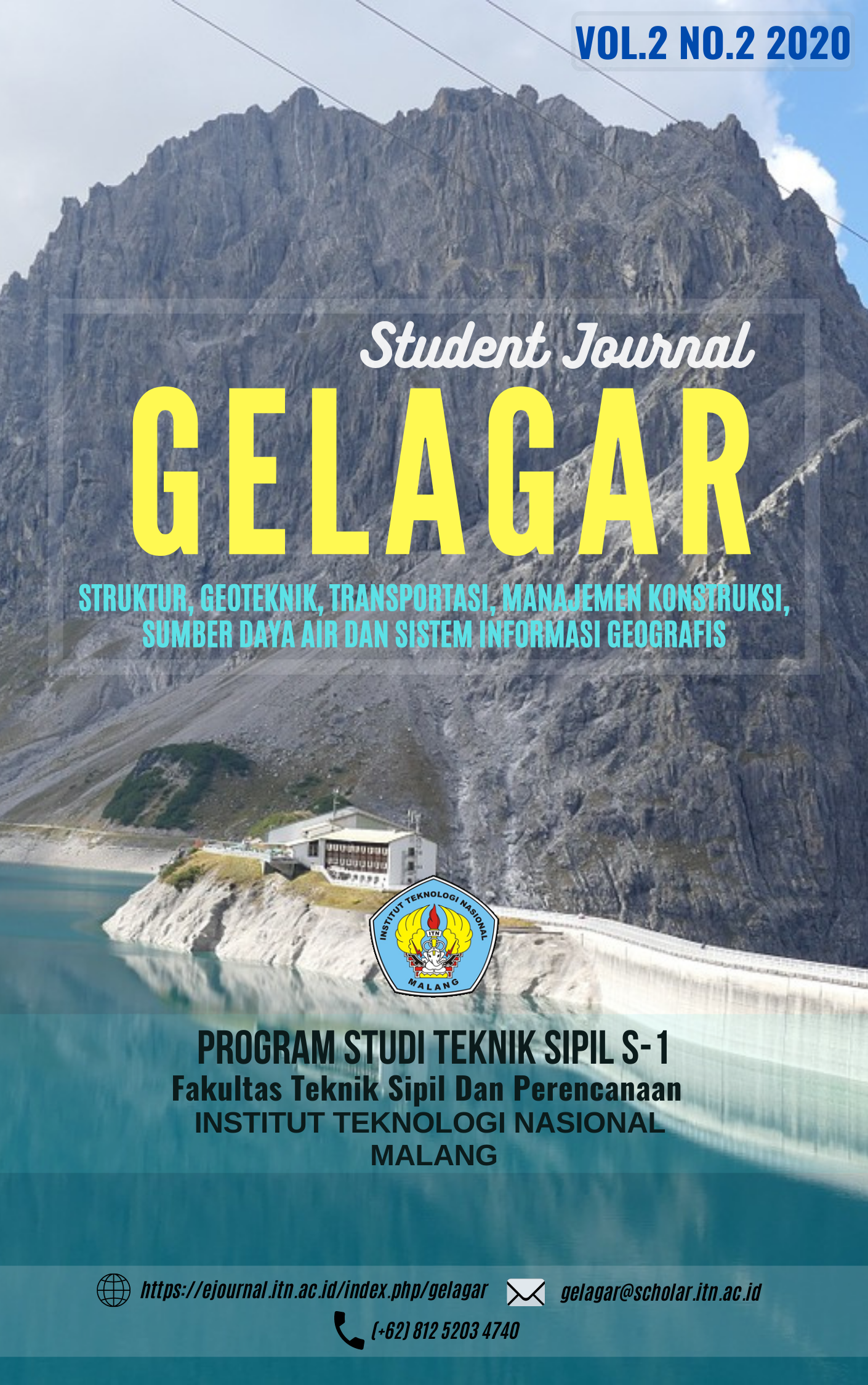PENGGUNAAN ASPAL BUTON
Studi Kasus : Pada Campuran HRS-WC ( Hot Rolled Sheet-Wearing Course )
Abstract
Pertamina is known as the main supplier of asphalt in Indonesia, but Indonesia itself has natural asphalt which is located on Buton Island, Southeast Sulawesi which is known as Asbuton. Several studies were conducted to obtain scientifically accurate results in the use of Asbuton. The asbuton used is grain or chunk, where it is known that Asbuton chunks contain asphalt and aggregate. Therefore, several studies were conducted to obtain scientifically accurate results in the use of Asbuton, one of which aims to determine the asphalt content contained in Asbuton, see the optimal asphalt content value in the HRS-WC mixture and look for maximum use because Asbuton contains asphalt content. and aggregates, so that the use of asbuton does not exceed the specifications of the HRS-WC mixture. The results showed that the asphalt content contained in Asbuton after extraction was 20.68%, included in the B50 / 30 type according to the KPUPR regulations of the Directorate General of Highways General Specifications 2018. The optimum asphalt content in the HRS-WC mixture without asbuton was 6.85%, with stability value 1092.67 Kg, Flow 3.43 mm, VIM 4.96%, VMA 19.15%, VFA 78.49%, MQ 318.69 kg / mm. The value of the proportion of the maximum use of asbuton in the HRS-WC mixture is in a variation of 10.74% with a stability value of 1835.33 Kg, Flow 4.27 mm, VIM 5.97%, VMA 20.58%, VFA 71.01%, and MQ 430.53 kg / mm.


